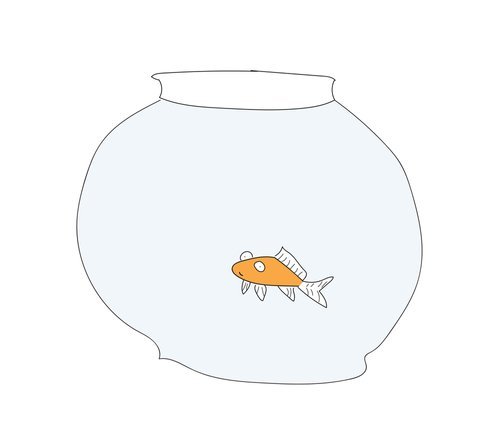On embracing language that unifies in pursuit of health
In recent years, public health has engaged in a process of self-reflection about the language with which we communicate our ideas and engage with the public. This has involved asking at times uncomfortable questions, including whether efforts toward inclusive rhetoric in public health have had the effect of, in some cases, being exclusionary by acting more as progressive signifiers than as words and phrases that expand public health’s tent. This conversation has been informed, in part, by the 2024 election, in which the language of progressivism came under scrutiny for its role in possibly alienating elements of the public who might otherwise have been receptive to a message that aligns with many of public health’s preferred policies. In my role as dean of the School of Public Health at Washington University in St. Louis, I have had the privilege of being part of conversations with the school community about the signs and statements we embrace in our pursuit of health and how we can shape a style of communication that helps build a big-tent movement for health. Informed by these conversations, I wanted to revisit some ideas about how we can shape a rhetoric of trust and inclusion in public health, to build a movement that can create a better, healthier world.
Read more here


